Forums
- Forums
- Duggy's Reference Hangar
- USAAF / USN Library
- Consolidated C-87 Liberator Express
Consolidated C-87 Liberator Express
Post a reply
- Go to Previous topic
- Go to Next topic
- Go to Welcome
- Go to Introduce Yourself
- Go to General Discussion
- Go to Screenshots, Images and Videos
- Go to Off topic
- Go to Works in Progress
- Go to Skinning Tips / Tutorials
- Go to Skin Requests
- Go to IJAAF Library
- Go to Luftwaffe Library
- Go to RAF Library
- Go to USAAF / USN Library
- Go to Misc Library
- Go to The Ops Room
- Go to Made in Germany
- Go to Campaigns and Missions
- Go to Works in Progress
- Go to Juri's Air-Raid Shelter
- Go to Campaigns and Missions
- Go to Works in Progress
- Go to Skinpacks
- Go to External Projects Discussion
- Go to Books & Resources
-
12 years agoSun Jul 25 2021, 01:25pmDuggy
 Main AdminAfter posting "Photo of the week".
Main AdminAfter posting "Photo of the week".
Several members commented that they new nothing about this "bird"
The Consolidated C-87 Liberator Express was a transport derivative of the B-24 Liberator heavy bomber built during World War II for the United States Army Air Forces. A total of 287 C-87s were factory-built alongside the B-24 at the Consolidated Aircraft plant in Fort Worth, Texas. Converted former C-87s were the basis for a USAAF flight engineer trainer designated as the AT-22, a United States Navy VIP transport designated as the RY, and a Royal Air Force VIP transport designated as the Liberator C.IX.
The C-87 was hastily designed in early 1942 to fulfill the need for a heavy cargo and personnel transport with longer range and better high-altitude performance than the C-47 Skytrain, the most widely available United States Army Air Forces transport aircraft at the time.
The first C-87 prototype was based on a damaged B-24D, serial #42-40355, that crashed at Tucson Municipal Airport #2 on 17 February 1943. Six Consolidated Aircraft employees riding as passengers were killed and several others were injured.
The prototype was converted into a transport configuration[2] by various modifications, including deletion of the gun turrets and other armament along with the installation of a strengthened cargo floor, including a floor running through the bomb bay. The glassed-in bombardier compartment of the B-24 was replaced by a hinged metal cap to allow front cargo loading. A cargo door was added to the port side of the fuselage, just forward of the tail, and a row of windows was fitted along the sides of the fuselage.
The C-87 could be fitted with removable seats and racks to carry personnel or litters in place of cargo. In its final configuration, the C-87 could carry between 20 and 25 passengers or 12,000 lbs of cargo. Because of war production bottlenecks and shortages, many C-87 aircraft were fitted with turbosuperchargers producing lower boost pressure and power than those fitted to B-24s destined for combat use, and ceiling and climb rate were accordingly adversely affected.
C-87A VIP transport
In 1942 and 1943, several C-87 aircraft were converted into VIP luxury passenger transports by adding insulation, padded seats, dividers, and other accommodations. The modified aircraft was capable of carrying 16 passengers, and given the designation C-87A. One C-87A in particular, Number 41-24159, was exclusively converted in 1943 to a presidential VIP transport, the Guess Where II, intended to carry President Franklin D. Roosevelt on international trips. Had it been accepted, it would have been the first aircraft to be used in presidential service, i.e. the first Air Force One. However, the Secret Service, after a review of the C-87's controversial safety record in service, flatly refused to approve the Guess Where II for presidential carriage. The Guess Where II was then used to transport senior members of the Roosevelt administration. In March 1944, the Guess Where II transported Eleanor Roosevelt on a goodwill tour of several Latin American countries.
Operational history
C-87 Liberator Express takes off on test flight, Consolidated Aircraft Corp., Fort Worth, Texas (LOC), October 1942
Most C-87s were operated by the U.S. Air Transport Command and flown by civilian crews from U.S. civil airlines. The planes were initially used on transoceanic routes too long to be flown by the C-47. After the Japanese invasion of Burma in 1942, the C-87 was used for flying war material from India to besieged Chinese forces over "The Hump", the treacherous air route that crossed the Himalayas. When the route was established, the C-87 was the only readily available American transport with high-altitude performance good enough to fly this route while carrying a large cargo load.
The C-87 was plagued by numerous problems and suffered from a poor reputation amongst its crews. Ernest K. Gann, in Fate is the Hunter said, "They were an evil bastard contraption, nothing like the relatively efficient B-24 except in appearance." Complaints centered around the clumsy flight control layout, frequent engine problems, hydraulic leaks, and a disconcerting tendency to lose electrical power in the cockpit during takeoff and landing. The C-87 did not climb well when heavily loaded, a dangerous characteristic when flying out of the unimproved, rain-soaked airfields of India and China; many were lost in collisions with terrain soon after takeoff. Ernest K. Gann's book recounts a near-collision with the Taj Mahal after takeoff in a heavily loaded C-87. The aircraft's auxiliary long-range fuel tanks were linked by improvised and often leaky fuel lines that crisscrossed the crew compartment, choking flight crews with noxious gasoline fumes and creating an explosion hazard. The C-87 also had a tendency to enter an uncontrollable stall or spin in the event of inflight airframe icing, a frequent occurrence over the Himalayas in the days before accurate weather forecasting (Gann said they "...could not carry enough ice to chill a highball").
The aircraft could also become unstable in flight if its center of gravity shifted due to improper cargo loading. This longitudinal instability arose from the aircraft's hasty conversion from bomber to cargo transport. Unlike a normal cargo transport, which was designed from the start with a contiguous cargo compartment with a safety margin for fore-and-aft loading variations, the bomb racks and bomb bays built into the B-24 design were fixed in position, greatly limiting the aircraft's ability to tolerate improper loading. This problem was exacerbated by wartime exigencies and the failure of USAAF Air Transport Command to instruct loadmasters in the C-87's peculiarities. The design's roots as a bomber are also considered culpable for frequently collapsing nosegear; its strength was adequate for an aircraft that dropped its payload in flight before landing on a well-maintained runway, but it proved marginal for an aircraft making repeated hard landings on rugged unimproved airstrips while heavily loaded.
The C-87 was rapidly displaced on the front lines by the Douglas C-54 Skymaster and Curtiss-Wright C-46 Commando, which offered similar high-altitude performance combined with greater reliability and more benign flight characteristics. Some surviving C-87 aircraft were converted into VIP transports or flight crew trainers, and several others were sold to the Royal Air Force.
Nicked from "Wikki"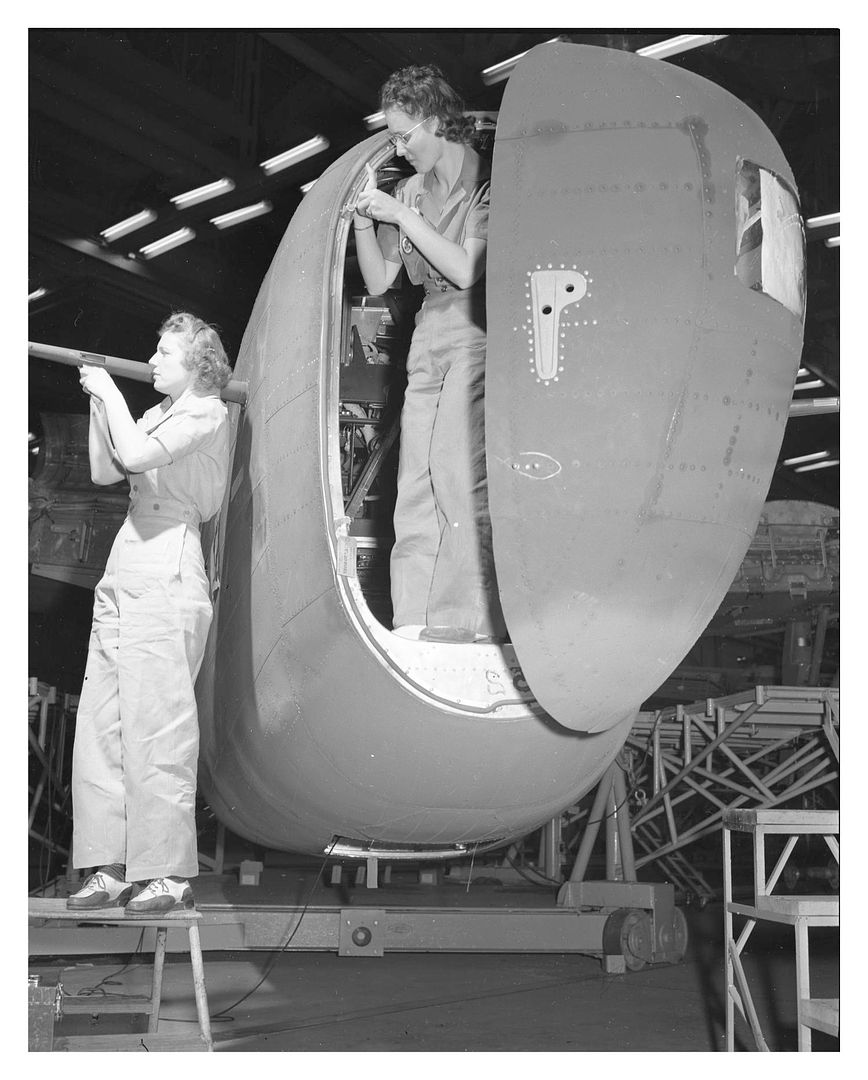
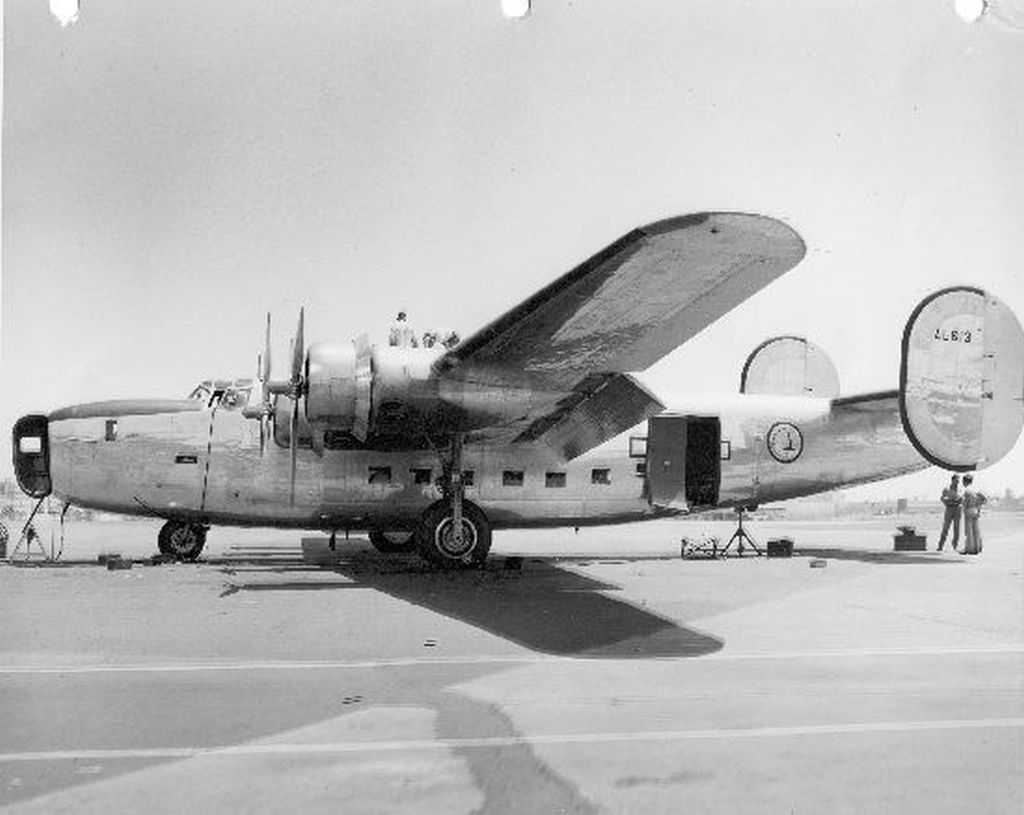
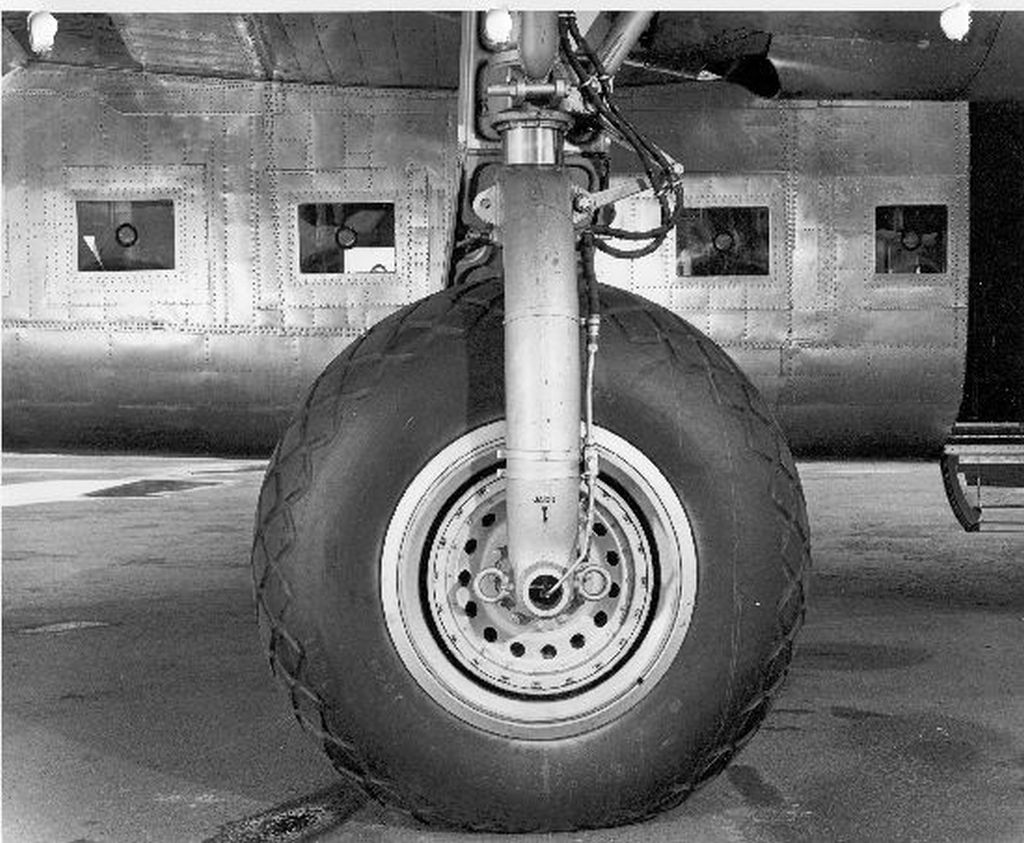

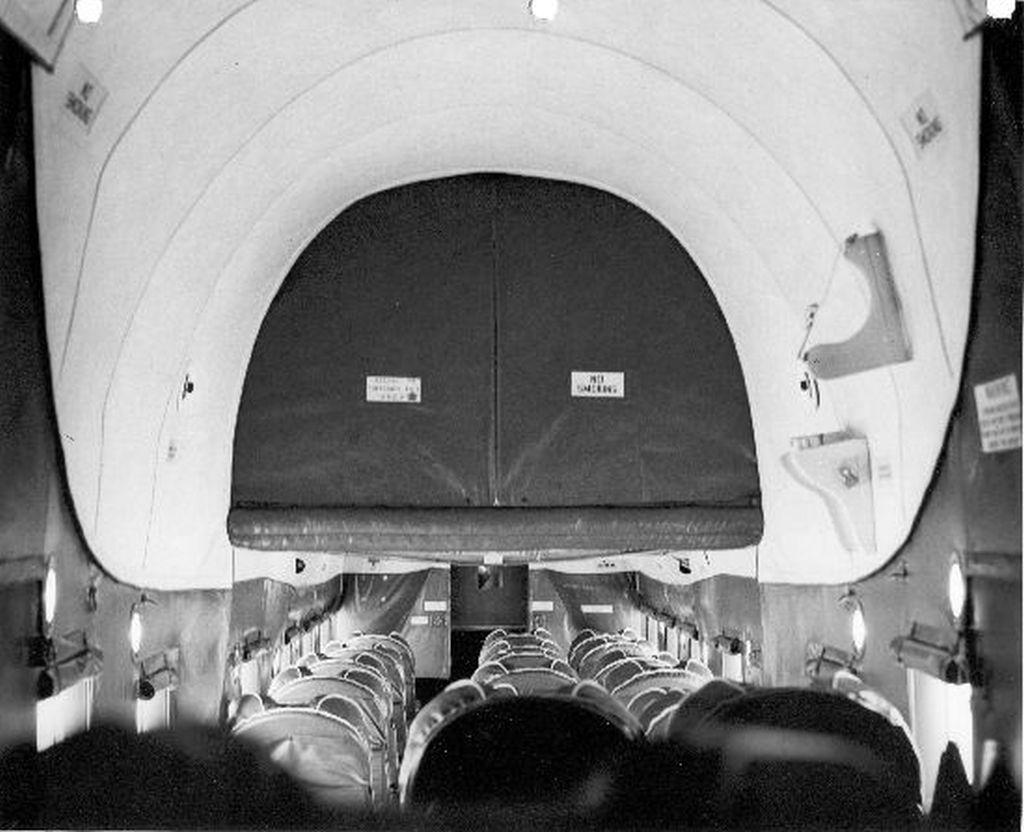
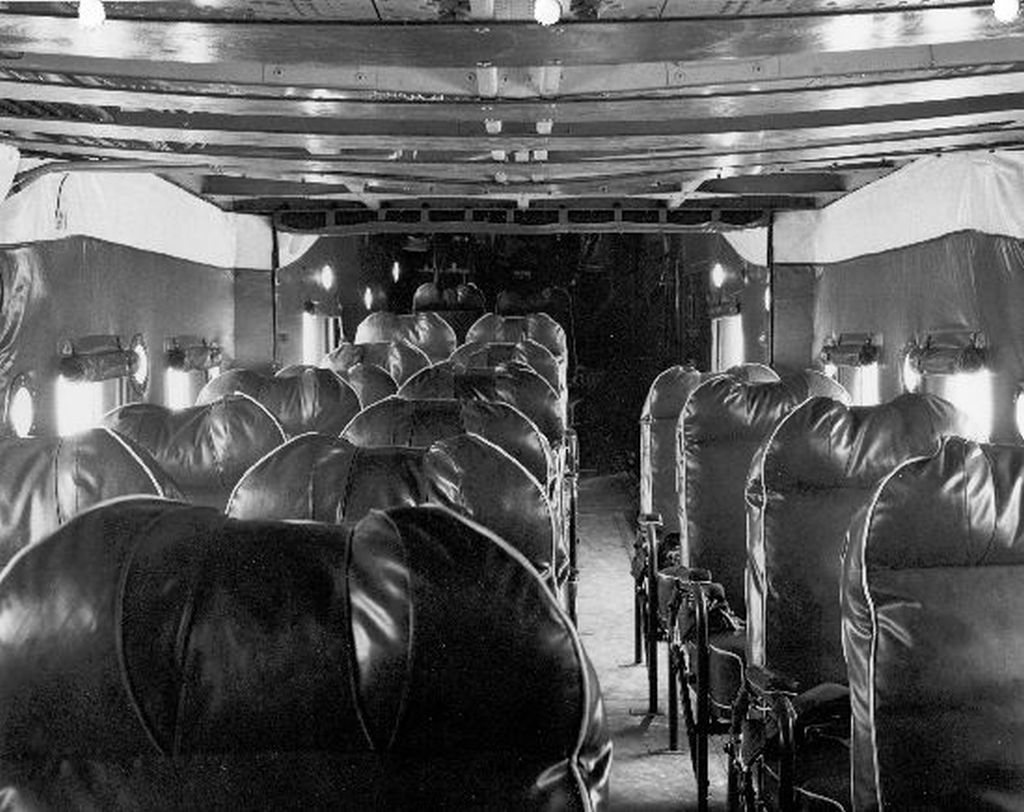
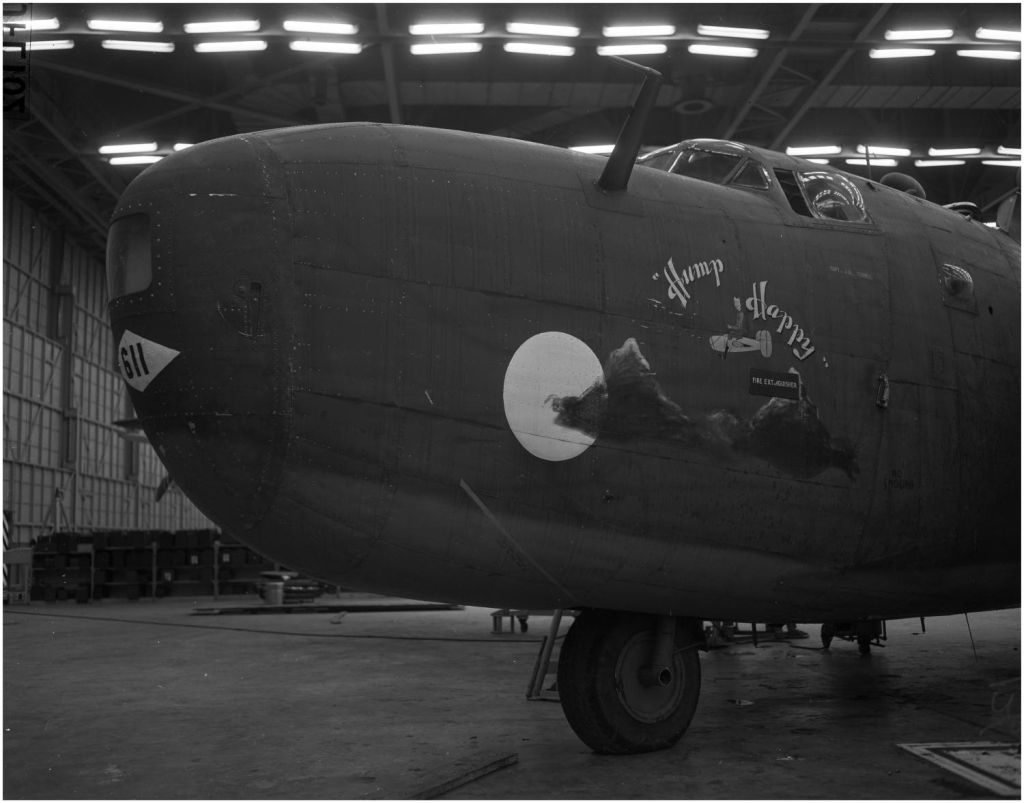
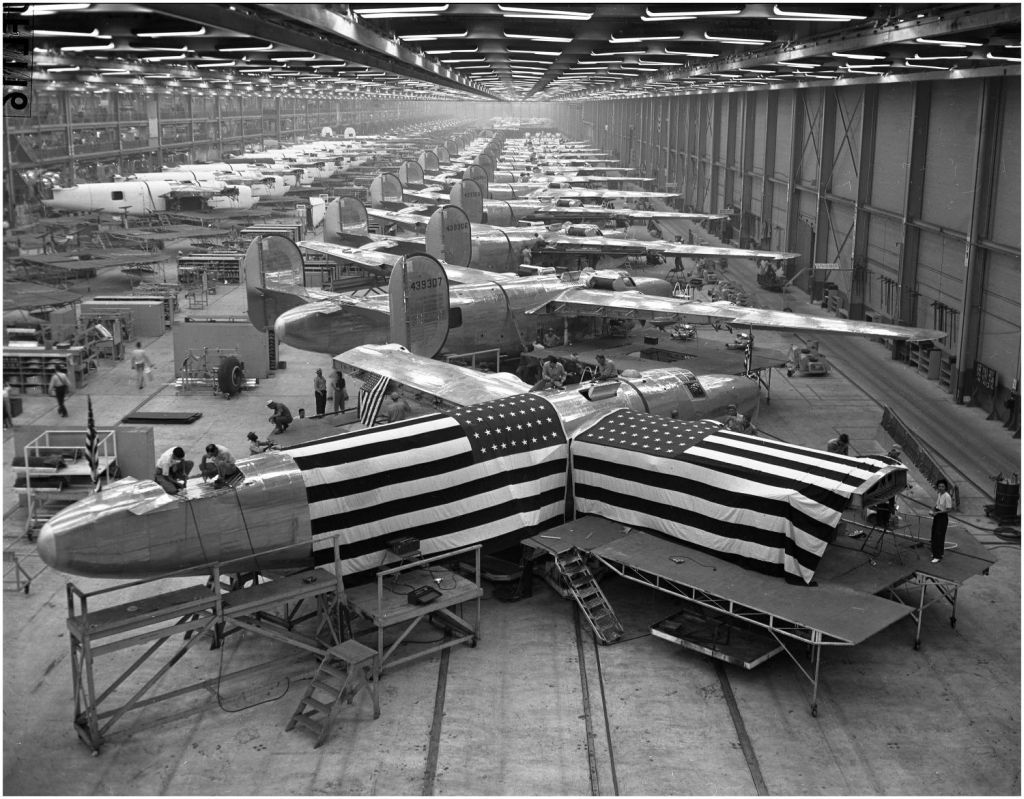
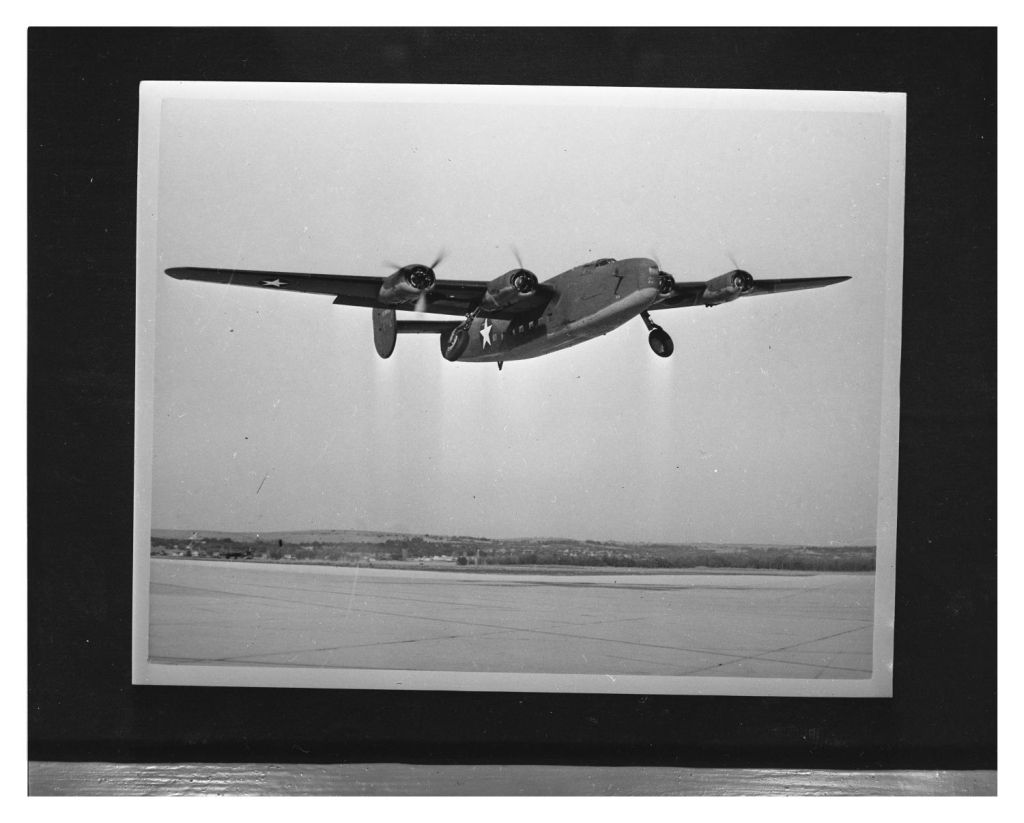

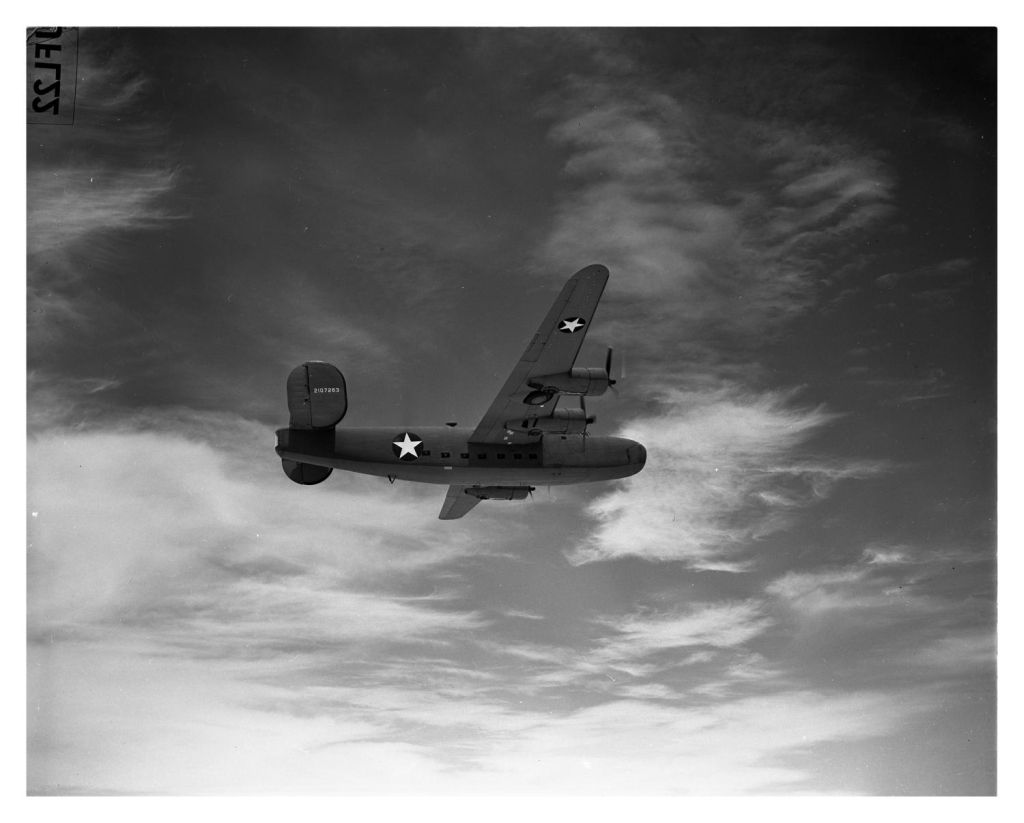
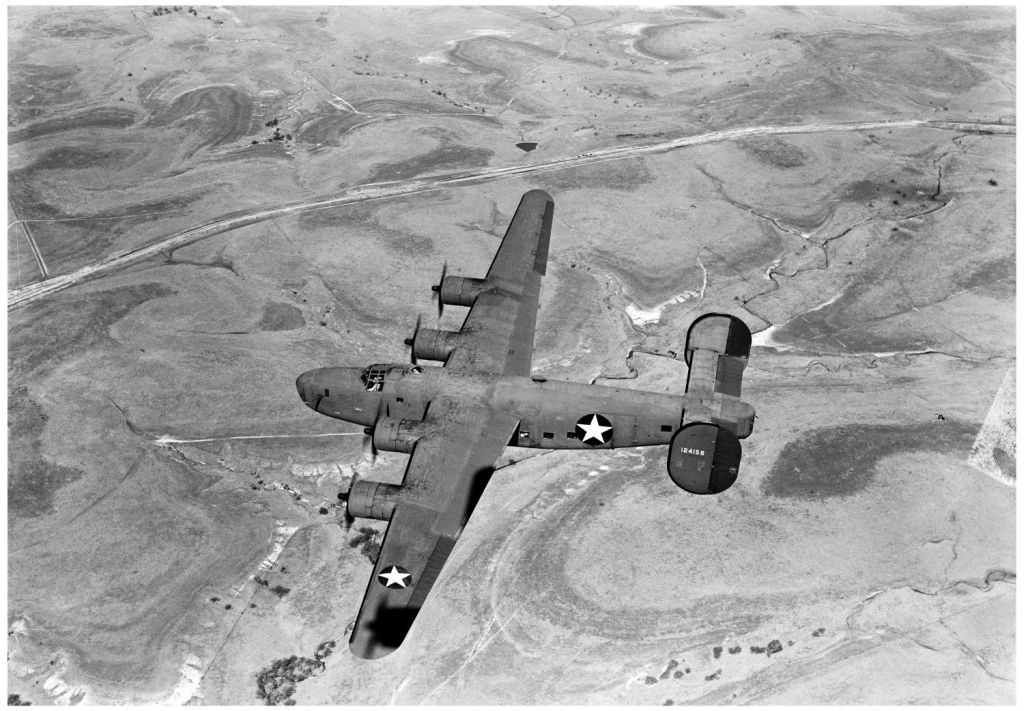

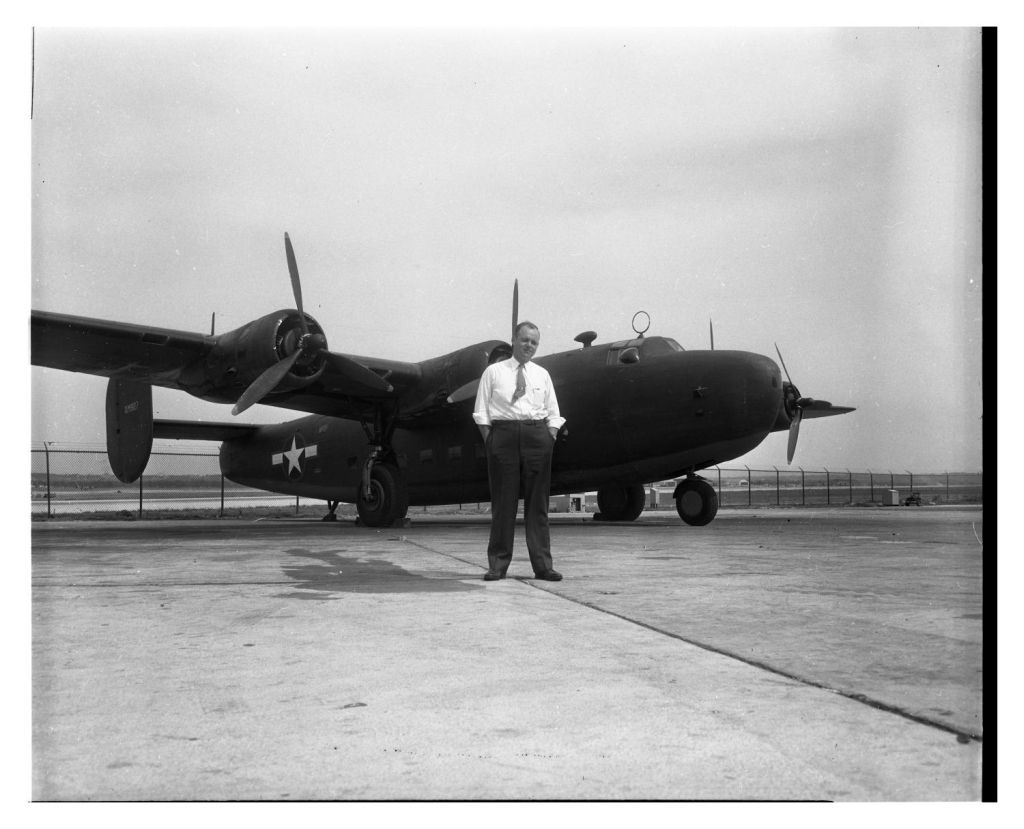

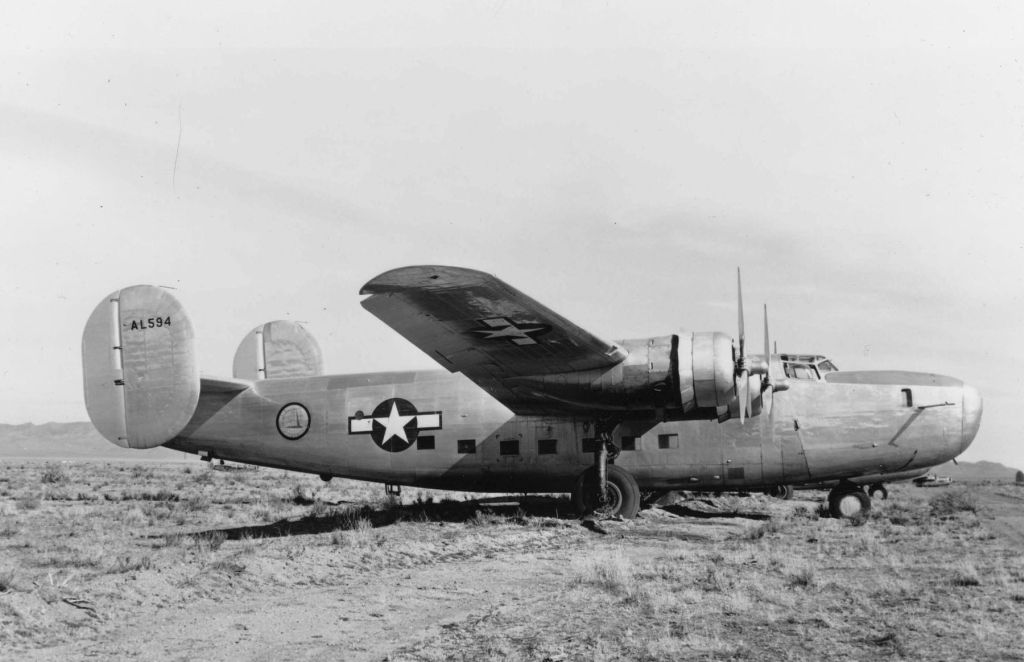
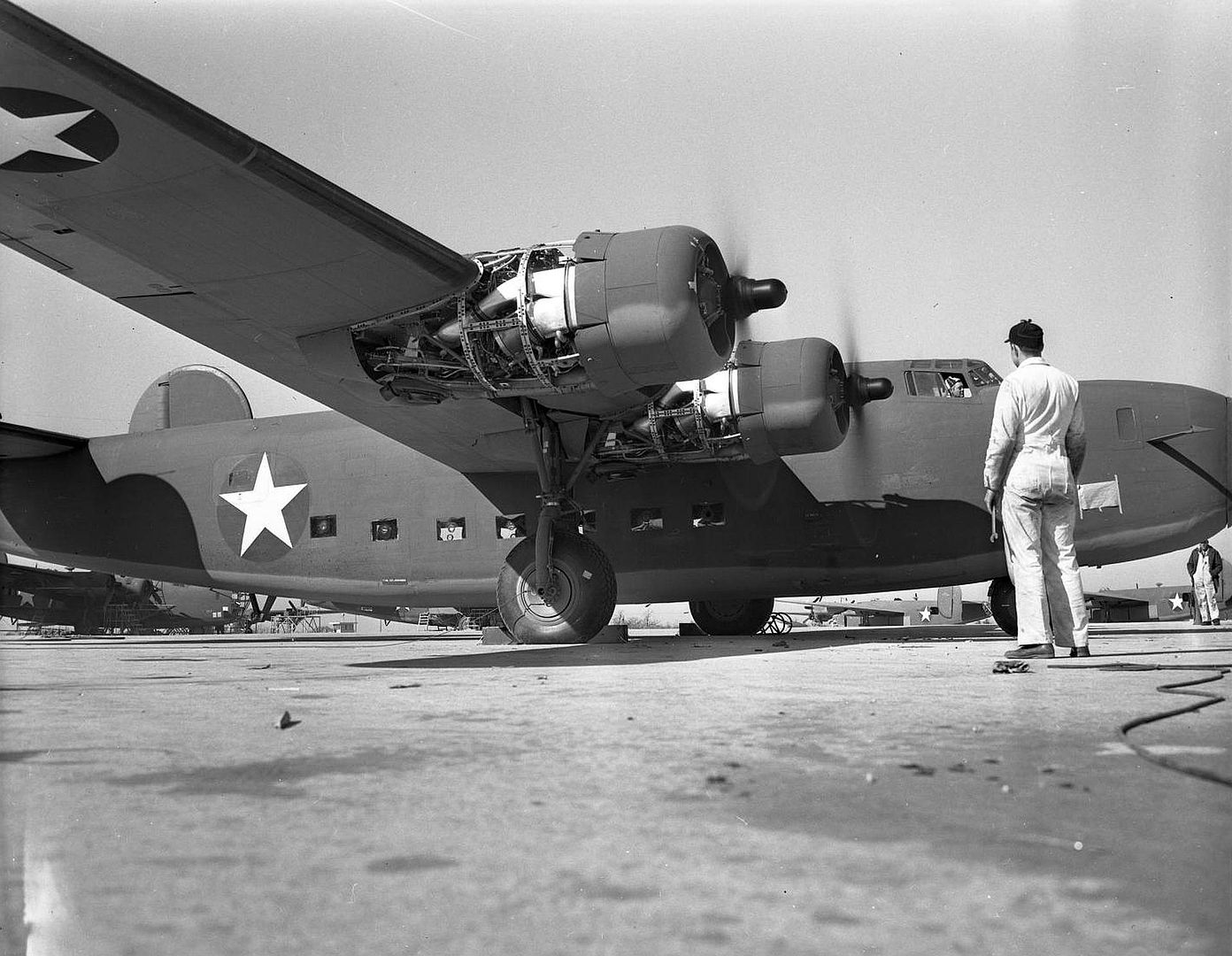
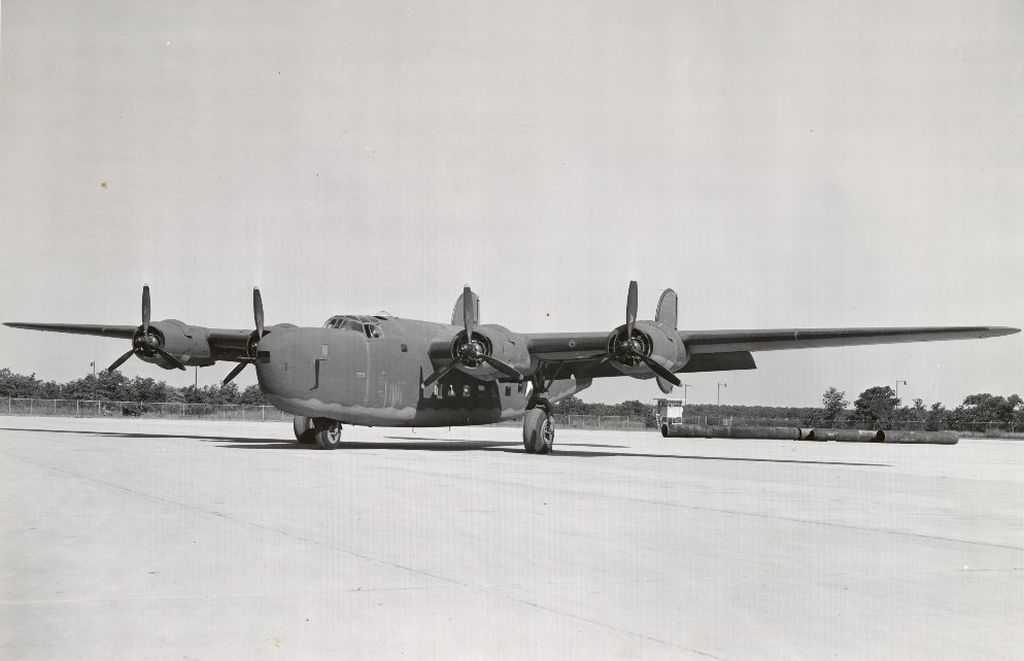
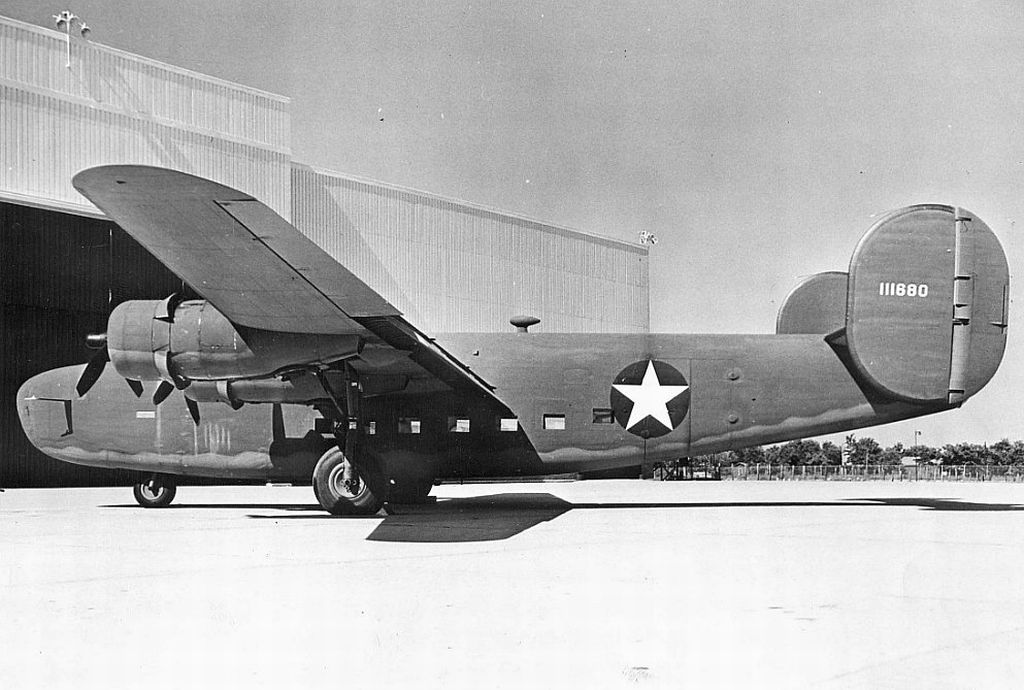
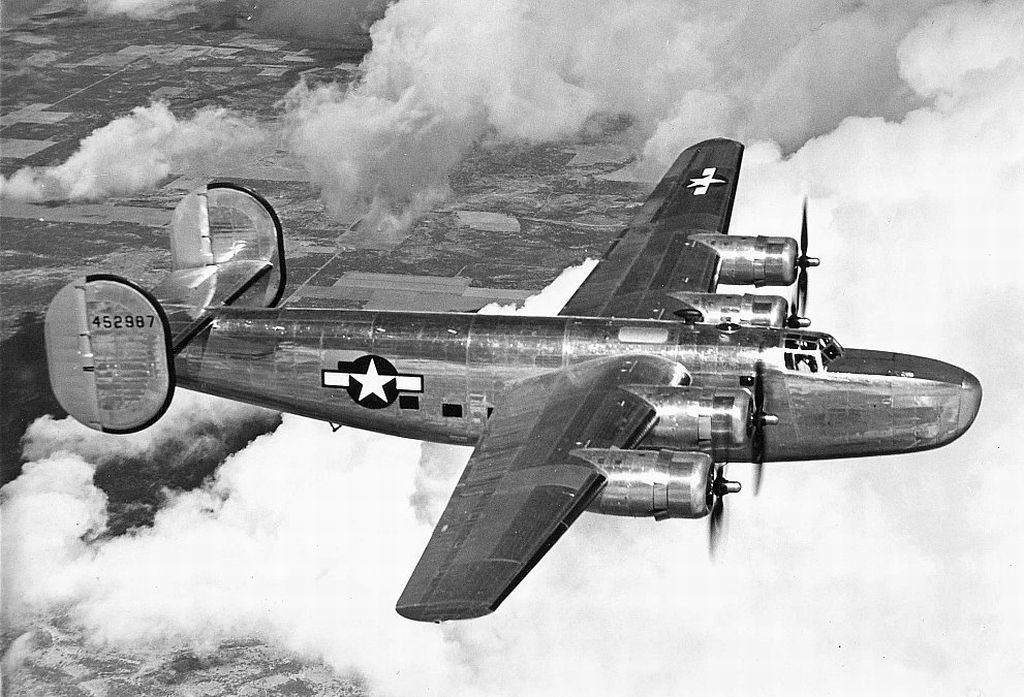
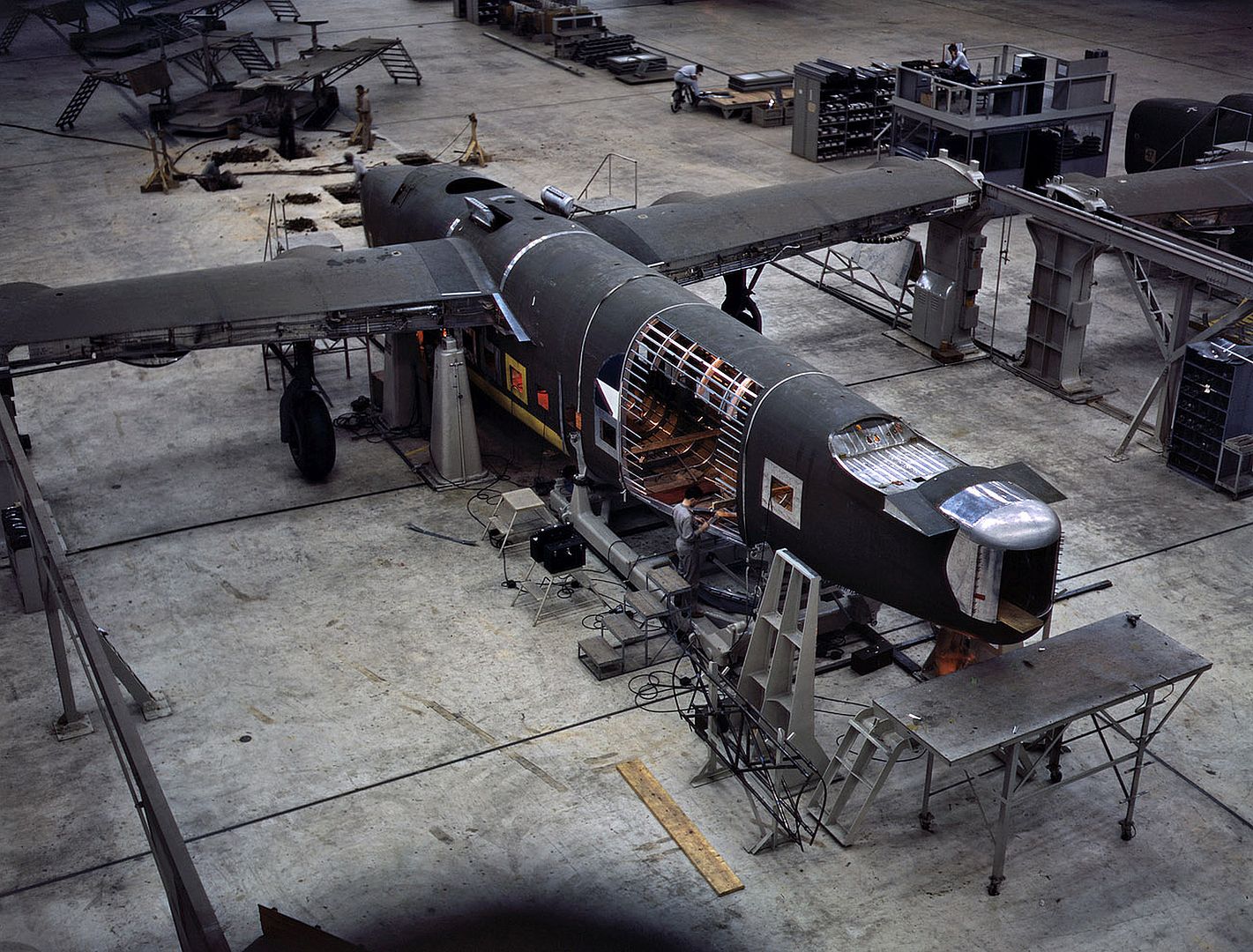
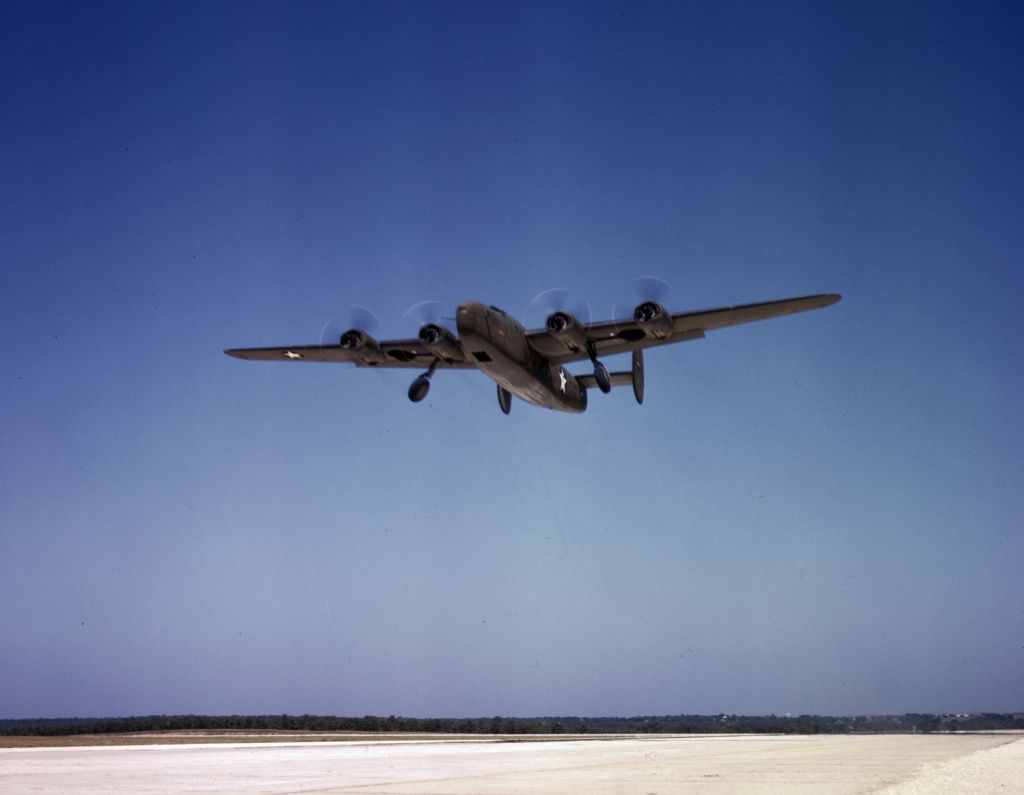
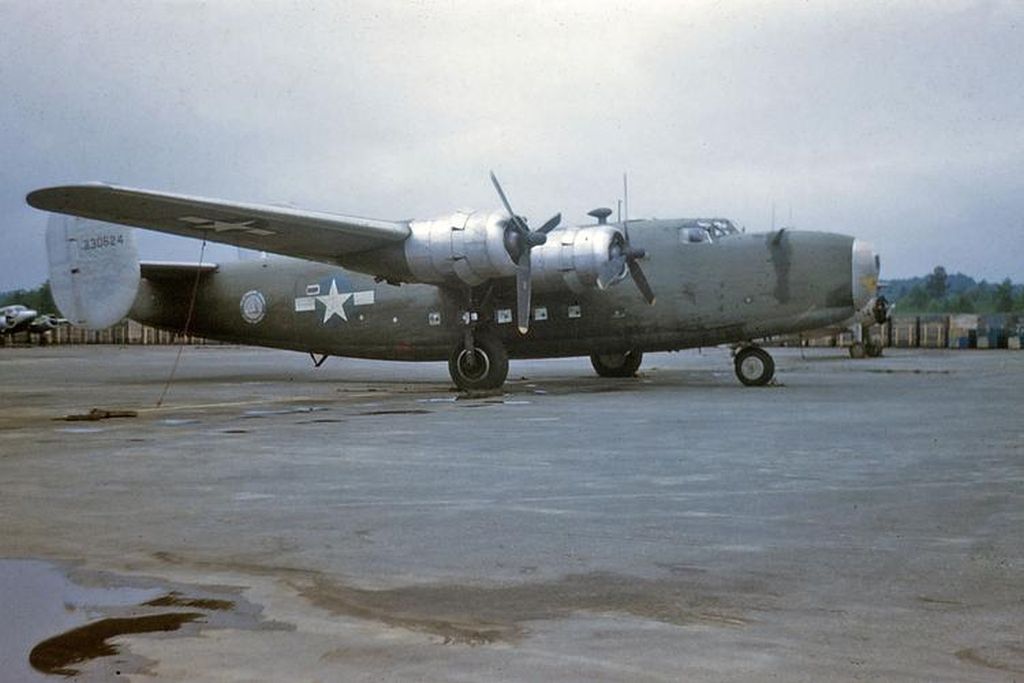

Regards Duggy.
Post a reply
- Go to Previous topic
- Go to Next topic
- Go to Welcome
- Go to Introduce Yourself
- Go to General Discussion
- Go to Screenshots, Images and Videos
- Go to Off topic
- Go to Works in Progress
- Go to Skinning Tips / Tutorials
- Go to Skin Requests
- Go to IJAAF Library
- Go to Luftwaffe Library
- Go to RAF Library
- Go to USAAF / USN Library
- Go to Misc Library
- Go to The Ops Room
- Go to Made in Germany
- Go to Campaigns and Missions
- Go to Works in Progress
- Go to Juri's Air-Raid Shelter
- Go to Campaigns and Missions
- Go to Works in Progress
- Go to Skinpacks
- Go to External Projects Discussion
- Go to Books & Resources
